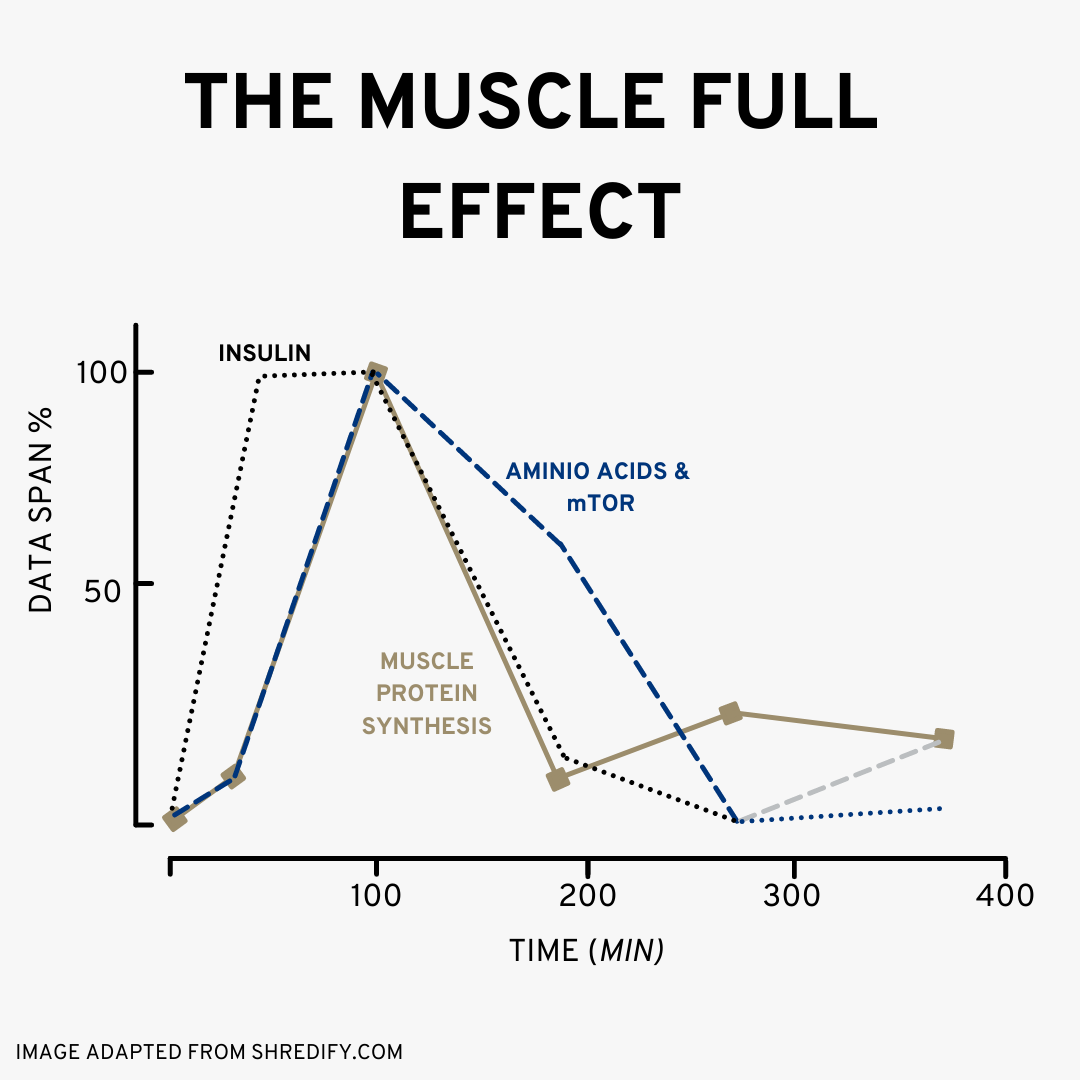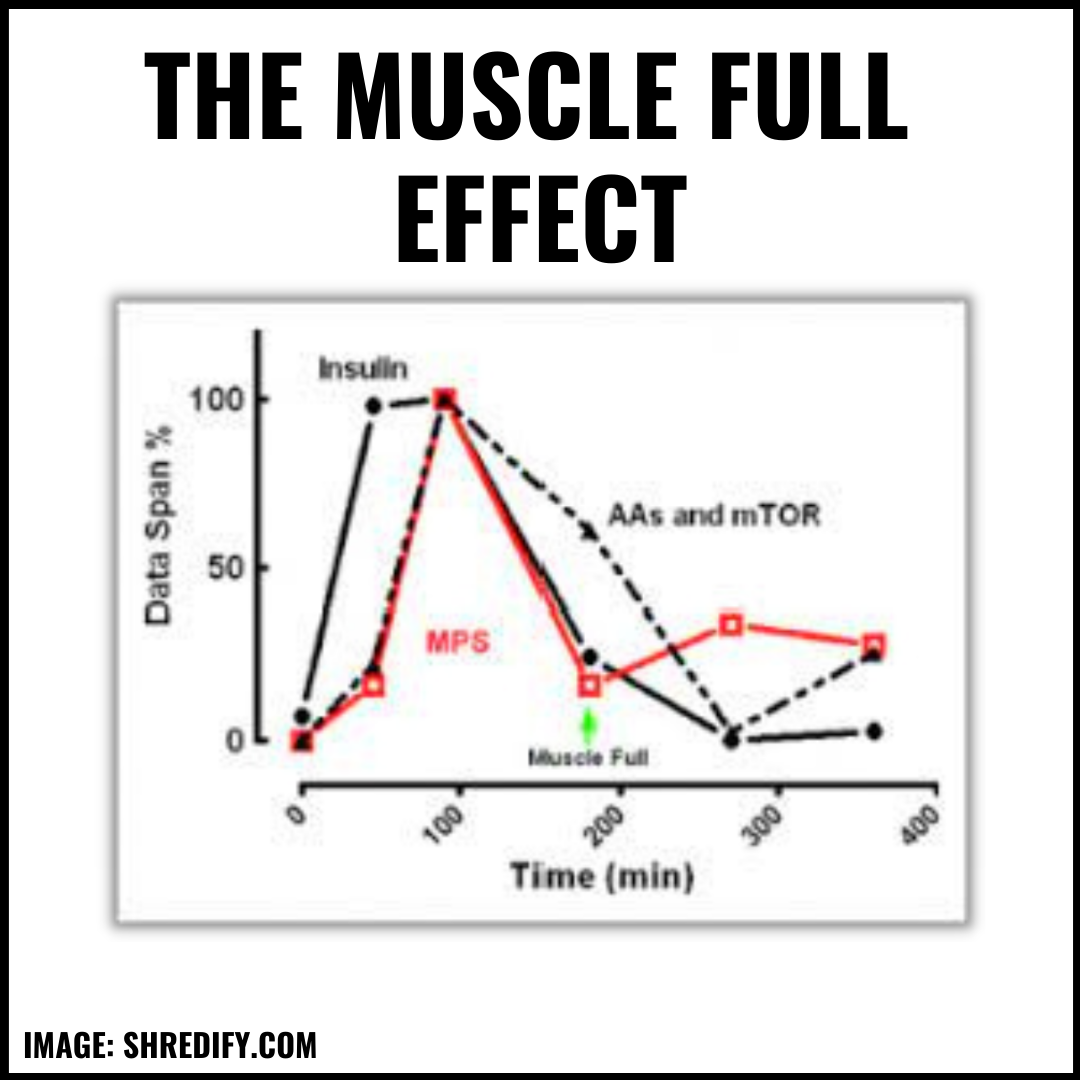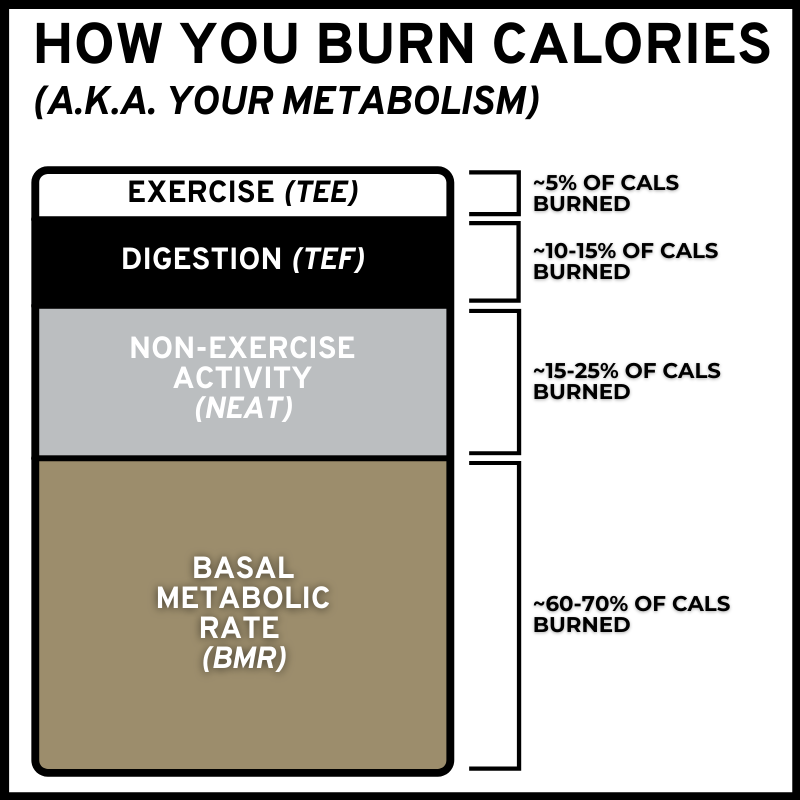Metabolism and metabolic adaptation - two topics that are completely shrouded in misinformation, fallacies, and myths in the fitness industry.
Today, I'm joined by Brandon DaCruz for a deep dive into metabolism. You'll leave today with a strong understanding how of to make your metabolism work for you and your fat loss efforts, rather than against you.
[*Brandon deserves credit for most of the points and concepts below. I've expanded on his thoughts a bit where helpful, but highly recommend you listen to the episode as well to fully understand the context of the conversation.]
WHAT IS METABOLISM?
Your metabolism is essentially a measurement of various inputs and outputs from your body and your environment, which then determine your caloric needs and your caloric expenditure.
Your metabolism is a system that is constantly in flux - meaning the amount of calories you burn is constantly varying, based on your day-to-day life.
WHAT ARE THE COMPONENTS OF OUR METABOLISM?
Your metabolism is comprised of four main components. The sum of the calories burned through each of these components is your total daily energy expenditure.
THE COMPONENTS OF METABOLISM:
1: Basal Metabolic Rate (BMR) - The calories burned for basal processes to stay alive - like your heart pumping, breathing, etc. Even if you spent the whole day in bed, our BMR wouldn’t change.
BMR accounts for ~60-70% of daily calories burned.
2: Thermic Effect of Food (TEF) - It takes calories (energy) for your body to digest the food that you eat.
TEF also varies depending on the food you eat. (Protein: 20-35%, Carbs: 5-15%, Fats: 0-5%.)
TEF accounts for ~10% of daily calories burned.
3: Thermic Effect of Exercise (TEE) - The calories you burn exercising.
TEE accounts for ~5% of daily calories burned.
4: Non-Exercise Activity Thermogenesis (NEAT) - Calories burned through movement outside of exercise. (Fidgeting, walking around the house, etc.)
NEAT accounts for ~15-25% of daily calories burned, but varies drastically person-to-person.

WHAT IS METABOLIC ADAPTATION?
As you get leaner on a diet, your metabolism decreases because…
→ Your body is smaller, so BMR decreases.
→ You're eating less food, so TEF decreases.
→ TEE decreases, because it takes fewer calories to move your smaller body.
→ NEAT generally decreases, as you feel lethargic due to lack of calories.
→ Levels of the hormone Leptin decrease. This leads to an increase in hunger (increasing the odds you’ll overeat), and a subconscious decrease in energy expenditure.
This is known as metabolic adaptation or adaptive thermogenesis. As you eat more and gain more fat, the opposite happens - metabolism increases, hunger decreases.

Over the course of a fat loss phase, some metabolic adaptation is very normal (and actually unavoidable) - your body is simply getting smaller, so it takes less energy to keep it alive at rest, and to move it through space.
WHAT ARE THE THREE MAIN COMPONENTS IMPACTED BY METABOLIC ADAPTATION?
So when it comes to your metabolism adapting during a diet, there are 3 main factors at play:
1. Metabolic changes
2. Hormonal changes
3. Mitochondrial changes
Let's dive into each.
1. METABOLIC CHANGES
As we discussed before - when you get leaner on a diet, your metabolism decreases because…
→ Your body is smaller, so BMR decreases - That said, this isn't something that just keeps plummeting. Your BMR will decrease about what we'd expect with the first 10% of body weight lost.
But after that, you won't see nearly as significant of changes to BMR. Because much of this is calories to keep your heart pumping and organs functioning properly... your body won't shut down organ function to prevent fat loss.
So there is a hard "floor" to how low your BMR can drop.

→ You're eating less food, so TEF decreases - Remember, this does account for ~10% of the calories you burn in a day. Now, since you're eating less, you're also burning less.
Let's say you decrease calories from 3,000 to 2,500 to create a daily deficit of 500 calories.
But, because you're eating 500 calories less per day, you're also burning less through TEF than before.
500 calories x 10% = 50 calories less burned per day... meaning you're actually only in a 450 calorie deficit.
→ TEE decreases, because it takes fewer calories to move your smaller body while exercising - We also experience up to a 20% increase in skeletal muscle efficiency, meaning that your muscles basically get more efficient at doing any given task, and can burn up to 20% fewer calories doing said task vs. what they would previously.
This is why the "calories burned" number that your smartwatch gives you probably isn't accurate.
→ NEAT generally decreases, as you feel lethargic due to lack of calories - This is the most important part to focus on.
Reductions in N.E.A.T. account for 85-90% of the reductions we consider metabolic adaptation.
Let me repeat that...
85-90% of metabolic adaptation comes from decreases in N.E.A.T.
So this means that most of metabolic adaptation is something that we at least somewhat have control over.
This is why hitting a step goal in a fat loss phase (as well as post-diet) is such a major focus for our online clients
2. HORMONAL CHANGES
→ Levels of the hormone Leptin decrease - This leads to an increase in hunger (increasing the odds you’ll overeat), and a subconscious decrease in energy expenditure.
Your levels of leptin are controlled by two main factors:
1. The size of your fat cells: Leptin is actually secreted from your fat cells. A larger fat cell (in a healthy individual) should mean more leptin.
2. Short-term calorie intake: Leptin will decrease within a few day of eating less calories.
Leptin levels decreasing lead to a cascade of other hormonal changes...
→ Testosterone decreases - This normally manifests as a decrease in libido.
→ Thyroid production decreases - The conversion of T4 to the metabolically active T3 will be disrupted.
→ Cortisol increases - This can further prevent the production of testosterone, thyroid, and increases the likelihood of muscle loss.
→ Hunger hormones increase - As mentioned, when leptin levels decrease, it causes a rise in the hunger hormone ghrelin. Other satiety hormones like insulin and PYY also decrease.
3. MITOCHONDRIAL CHANGES
When you diet, your body is looking for ways to become more efficient - as you're now taking in less energy (a.k.a. calories) it needs to be able to "do more with less".
One of the ways your body conserves energy is to increase mitochondrial efficiency.
Basically, when we're dieting, our mitochondria are able to make the energy we need for our daily activities without using as many calories as they normally would in the process of energy production.
HOW TO MITIGATE AND/OR WORK AROUND METABOLIC ADAPTATION
First, it's important to understand that metabolic adaptation is a natural part of the fat loss process, and not something that can be entirely avoided.
That said, there are many steps you can take to minimize the factors that are down-regulated while dieting and to make fat loss easier and more efficient.
1. Take a slightly slower approach for most of your diet (aiming to lose .5-1% of your body weight per week) - Research seems to show that this makes it easier for you to preserve muscle mass and metabolic rate while dieting.
2. Follow a high protein diet - This will help with retaining muscle mass (and thus metabolic rate), which is very important for avoiding regaining body fat post-diet.
Protein also burns more calories during digestion, and is the most filling food.
3. Eat lots of high volume, whole foods - Not only will whole foods fill you up more per calorie consumed, but whole foods also have a higher thermic effect than processed foods. This means your body burns more calories digesting whole foods vs. processed ones.
4. Prioritize N.E.A.T. - Again, this is the MOST modifiable component of your metabolism, so we need to pay mind to it. Set a realistic step goal, and hit it daily.
5. Lift weights regularly - 1 pound of muscle will burn more calories than 1 pound of fat. Plus, resistance training regularly can help offset some of the increase in mitochondrial efficiency we discussed earlier.
6. Keep training like you're trying to build muscle - What built muscle will preserve muscle. If you suddenly shift your focus to burning calories in the gym, you're much more likely to lose significant muscle mass.
7. Establish a sleep routine and focus on sleep quality - This will help with retention of muscle, hormone fluctuations, decreasing hunger, and more.
8. Make recovery a priority - As recovery (which is very important for maintaining muscle, keeping energy levels high, and optimizing hormones) will be harder to manage, it's important to audit your recovery levels. Make sure your training volume and recovery measures are dosed appropriately.
So while some of metabolic adaptation is inevitable, a lot of it is under your control. With a smart strategy, anyone can achieve a lean, strong physique they feel confident in.
These are the same science-backed strategies we implement with our online clients undergoing the physique transformation process.
If you're ready to be coached 1-1 by our team to your best physique ever, click here now to apply for online coaching with our team.































































